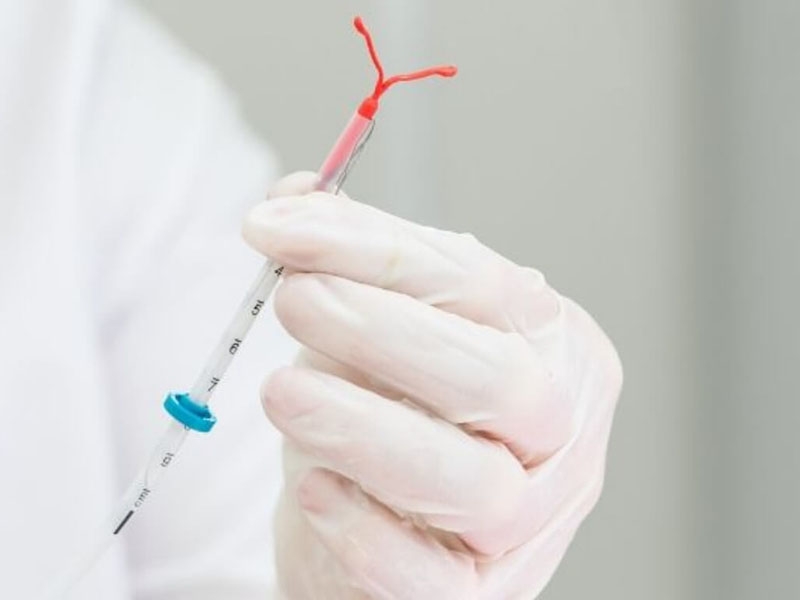IUD Removal: Procedure, Purpose, and Care
What is IUD Removal?
Intrauterine Device (IUD) removal is a straightforward procedure that involves the extraction of the contraceptive device from the uterus. An IUD is a small, often T-shaped device inserted into the uterus to prevent pregnancy. It can be hormonal or non-hormonal (copper) and is one of the most effective forms of reversible birth control. The removal is usually quick and performed by a healthcare professional in a clinical setting.
Procedure
The process involves the healthcare provider locating the IUD strings that protrude slightly into the upper part of the vagina. Using a specialized instrument, the provider gently pulls on the strings, causing the IUD to fold and slide out of the uterus. The procedure typically takes only a few minutes and is less painful than the insertion, with many women experiencing minimal discomfort.
Purpose
The primary reasons for IUD removal include:
- Reaching the end of the device's effective lifespan (3 to 12 years, depending on the type).
- Desiring to become pregnant.
- Experiencing side effects or complications, such as discomfort or abnormal bleeding.
- Wishing to switch to a different form of contraception.
When to Look for This Procedure
Consider scheduling an IUD removal if:
- Your IUD has expired.
- You have plans to conceive.
- You're experiencing persistent side effects.
- You've developed an infection or other complications.
- You simply decide that an IUD is no longer the best contraceptive choice for you.
Symptoms to Look For
While most women do not experience severe symptoms from an IUD, some signs that may prompt removal include:
- Severe pelvic pain
- Unusual or heavy vaginal bleeding
- Signs of an infection (fever, unusual discharge)
- The device has shifted or is no longer in place, as indicated by pain during intercourse or the inability to feel the strings.
Pre and Post Exam Care
Pre-Exam Care: There are no specific preparations needed for IUD removal. However, discussing any concerns or symptoms with your healthcare provider beforehand can provide clarity and ease any anxieties.
Post-Exam Care: Post-removal care typically involves monitoring for any unusual symptoms, such as heavy bleeding or severe pain. Mild cramping or spotting immediately after removal is normal. Most women can resume normal activities immediately. Discuss with your healthcare provider when it's safe to attempt conception or the need to initiate another form of contraception if desired.
Preventive Measures
While there's little to do in terms of preventing issues with an IUD, regular check-ups can ensure its proper placement and function. Awareness of the strings' presence and periodic self-checks (as instructed by your healthcare provider) can help detect early displacement or complications.
Understanding the IUD removal process, its purposes, and care considerations helps individuals make informed decisions about their reproductive health and contraceptive choices. Always consult with a healthcare provider for personalized advice and treatment.
